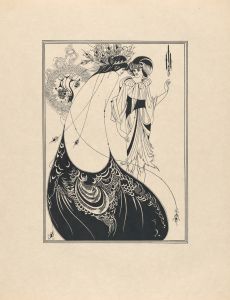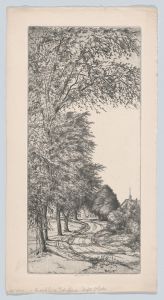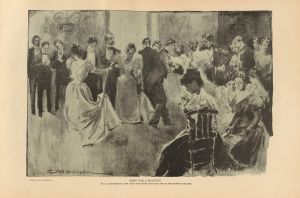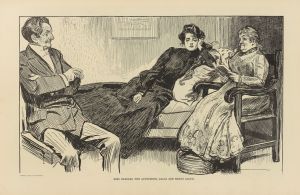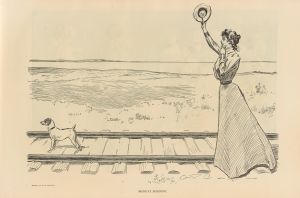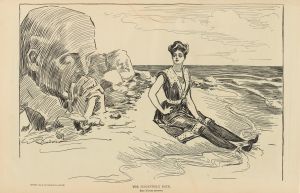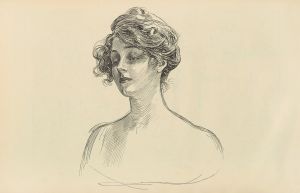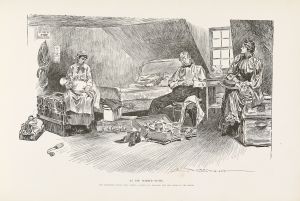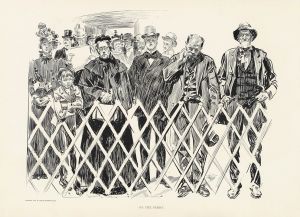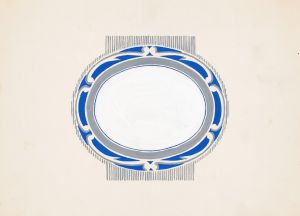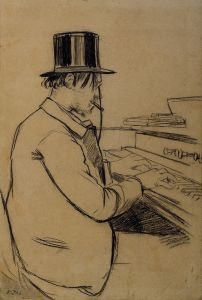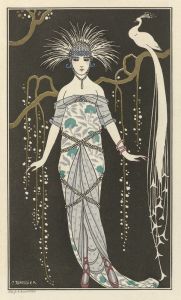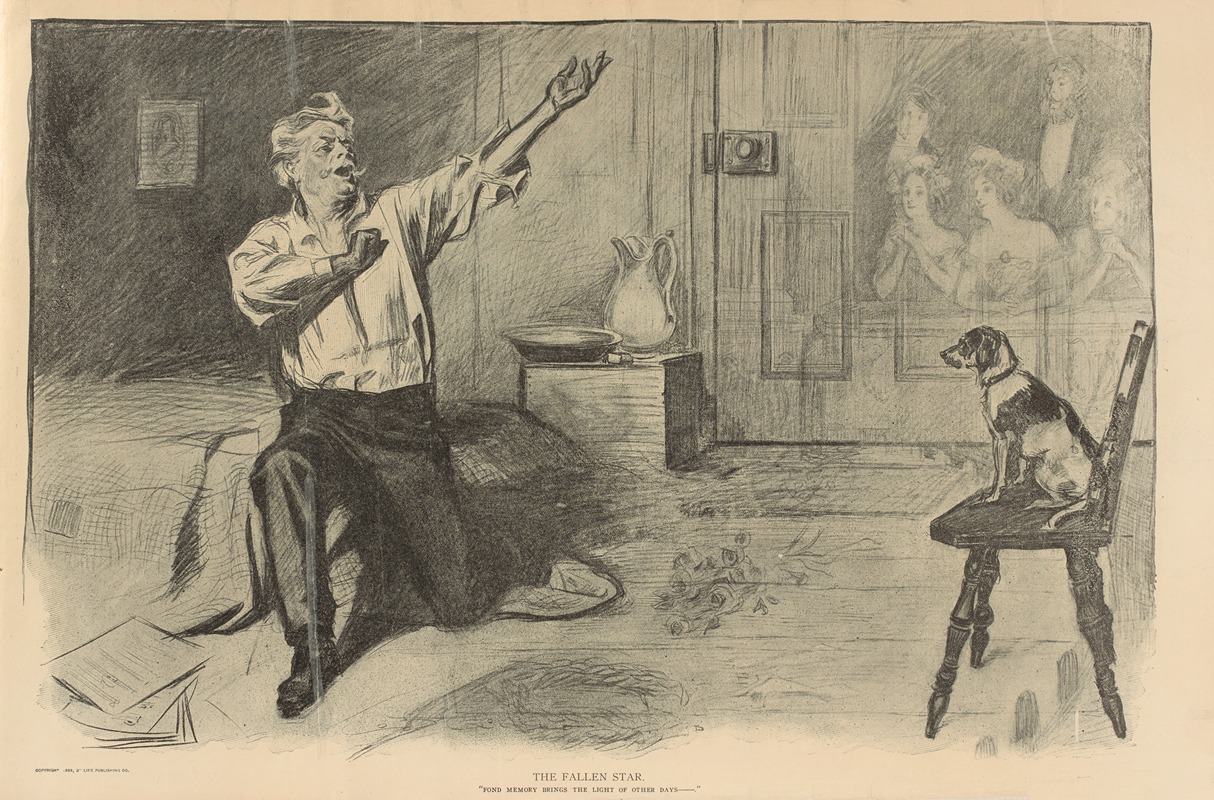
The fallen star
A hand-painted replica of Charles Dana Gibson’s masterpiece The fallen star, meticulously crafted by professional artists to capture the true essence of the original. Each piece is created with museum-quality canvas and rare mineral pigments, carefully painted by experienced artists with delicate brushstrokes and rich, layered colors to perfectly recreate the texture of the original artwork. Unlike machine-printed reproductions, this hand-painted version brings the painting to life, infused with the artist’s emotions and skill in every stroke. Whether for personal collection or home decoration, it instantly elevates the artistic atmosphere of any space.
Charles Dana Gibson was an influential American illustrator, best known for his creation of the "Gibson Girl," a representation of the idealized American woman at the turn of the 20th century. Among his many works, "The Fallen Star" stands out as a notable piece, though specific details about this particular illustration are less documented compared to his more famous works.
Gibson was born on September 14, 1867, in Roxbury, Massachusetts. He studied at the Art Students League in New York City, where he honed his skills in illustration. His career took off when he began contributing to Life magazine in the late 1880s. Over the years, his illustrations were featured in numerous publications, including Harper's Weekly, Scribner's, and Collier's, making him one of the most prominent illustrators of his time.
"The Fallen Star" is one of Gibson's lesser-known works, and there is limited information available about its creation or its thematic elements. However, like many of Gibson's illustrations, it likely reflects the social and cultural attitudes of the era. Gibson's work often commented on society, relationships, and the roles of men and women, using humor and satire to convey his observations.
Gibson's illustrations were characterized by their detailed pen-and-ink style, which captured the elegance and sophistication of his subjects. His ability to convey emotion and narrative through his drawings made his work highly popular and influential. The "Gibson Girl," in particular, became an iconic image, representing the independent and modern woman of the early 20th century.
While specific details about "The Fallen Star" are scarce, it is possible that the illustration shares thematic similarities with Gibson's other works, exploring themes of societal expectations, gender roles, or the contrasts between appearance and reality. Gibson's illustrations often featured strong, confident women and depicted various aspects of social life, from courtship and romance to the challenges of modernity.
Gibson's influence extended beyond his illustrations; he played a significant role in shaping the visual culture of his time. His work helped define the standards of beauty and fashion in the early 1900s, and his illustrations were widely reproduced in various forms, including prints, calendars, and books.
Despite the lack of detailed information about "The Fallen Star," Charles Dana Gibson's legacy as a pioneering illustrator remains significant. His work continues to be studied and appreciated for its artistic merit and its reflection of the cultural dynamics of his era. Gibson passed away on December 23, 1944, leaving behind a rich legacy of illustrations that continue to captivate audiences with their wit, charm, and insight into early 20th-century American life.





